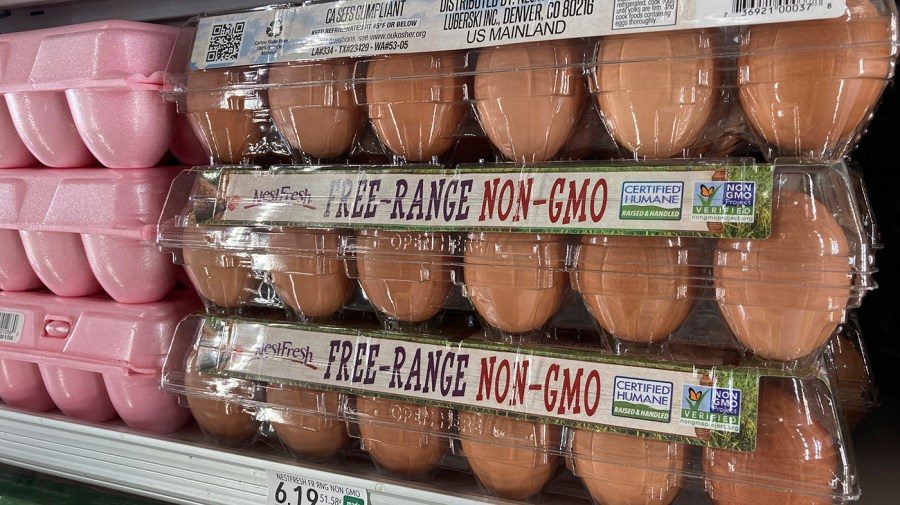The rising price of eggs in the last year has been linked to bird’s flu impact on the supply chain.
Eggs’ price tag has gone up by 28.1 percent in the last 12 months, according to the Bureau of Labor Statistics. The average price for a dozen large eggs was $3.20, according to the bureau’s statistics.
The spikes in prices occurred, in part, because of the high demand for the product, but also due to the bird flu outbreak at chicken farms in Colorado in July.
“Bird flu is the number one reason for higher prices, absolutely,” Phil Lempert, a grocery industry analyst, told CNN.
Highly pathogenic avian influenza (HPAI), also known as bird flu, has affected over 100 million in 48 states since January 2022, the data from the Centers for Disease Control and Prevention (CDC) showed.
“Think about how they are housed: small spaces with lots of chickens,” Lempert said. “When one chicken gets bird flu, they’ve got to cull the entire flock. That’s the problem.”
The sickness of the birds has affected the total egg output, and lower production of eggs, in part, leads to an increase in prices.
“Table egg-layer facilities tend to be very large, and so you can lose a million or 2 million birds on a single facility, because this is a highly contagious virus,” Amy Hagerman, an associate professor of agricultural economics at Oklahoma State University, told NPR.
But bird flu is not the only factor causing the prices of eggs to go upward.
Emily Metz, the president of the American Egg Board, told NPR that “inflationary pressures” play a key role since fuel prices are higher, along with high labor costs and packaging.
“Egg farmers are price takers, not price makers, and the volatility that we’re seeing is reflecting a number of factors that are completely outside the control of the egg farmer,” Metz said.

